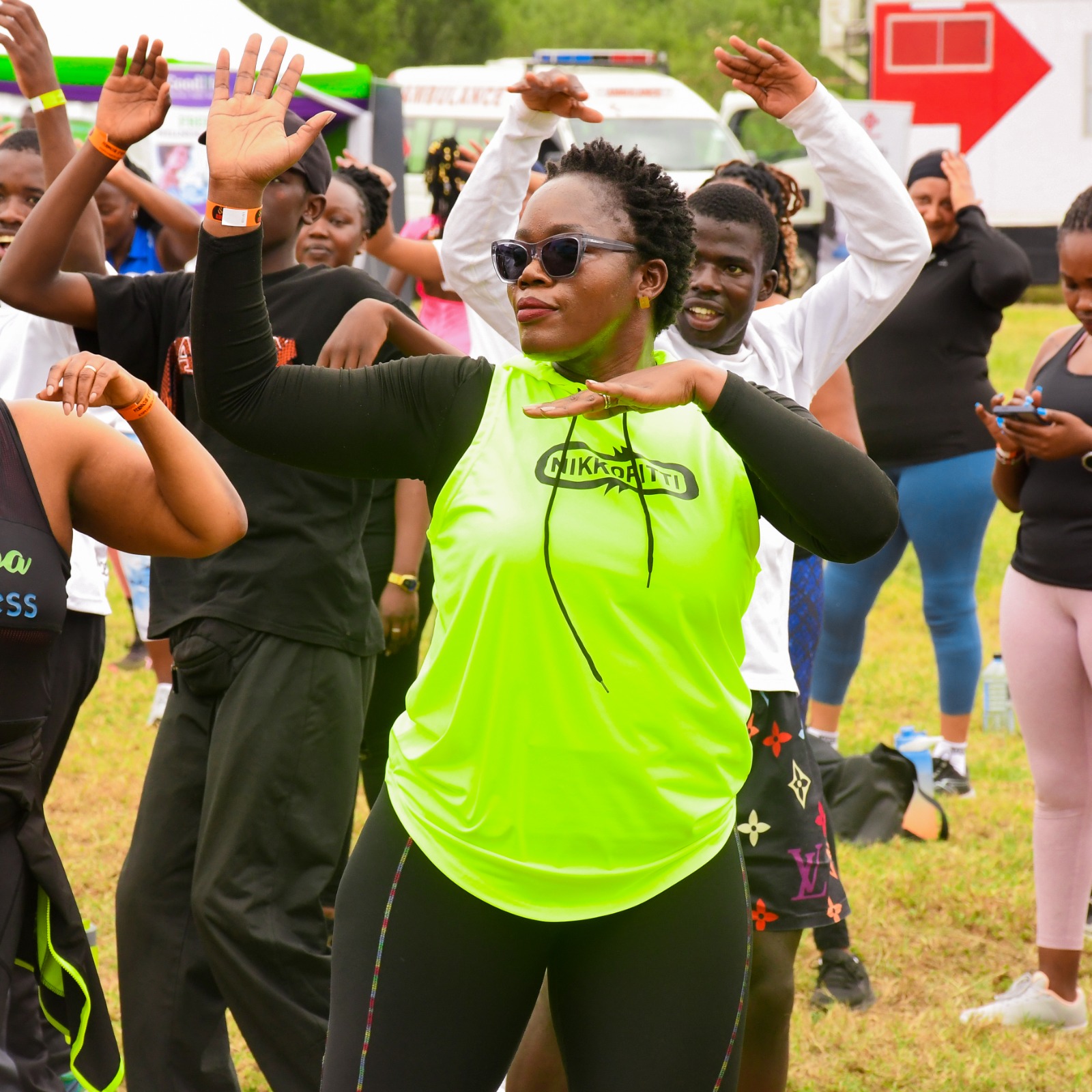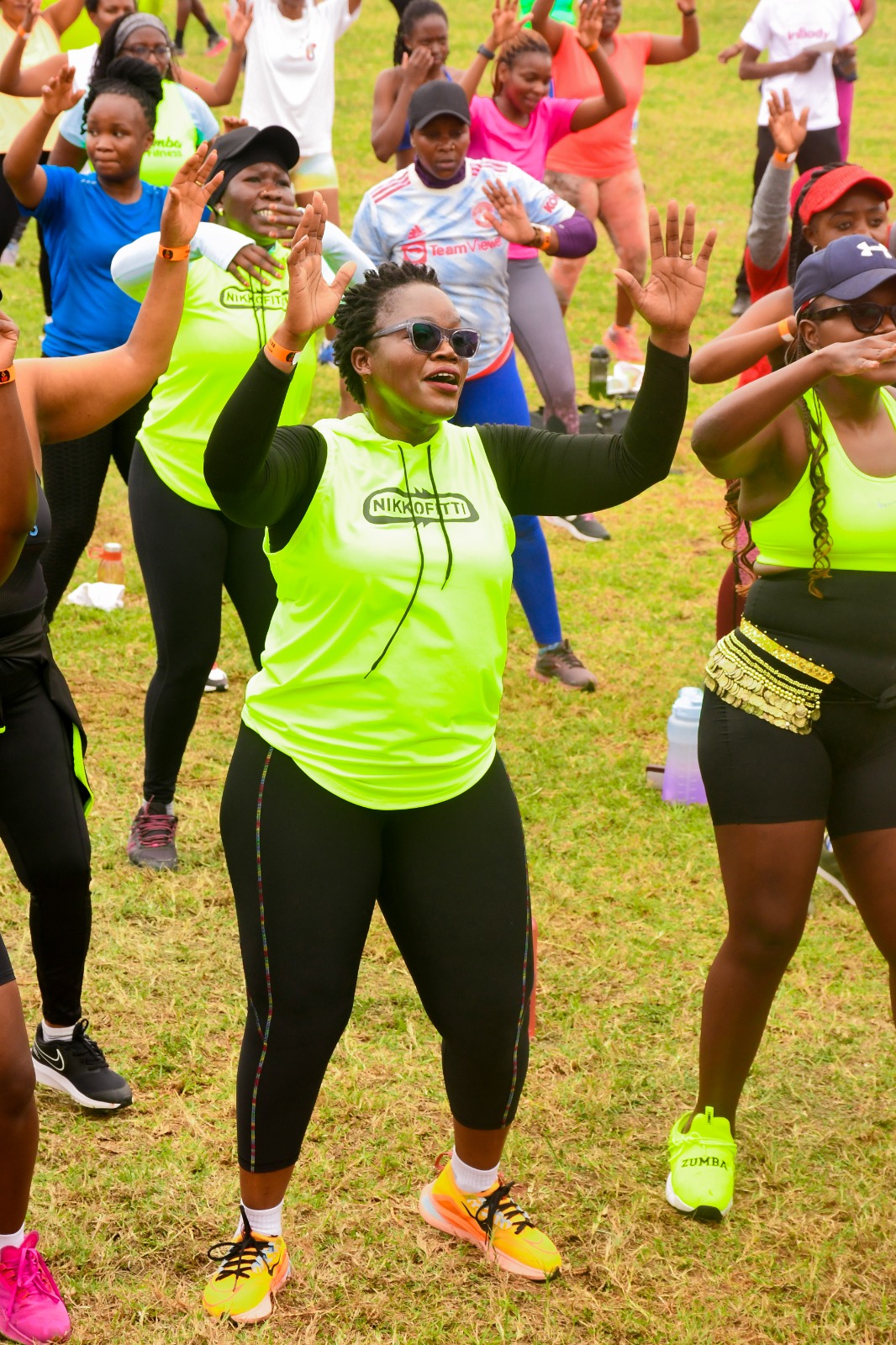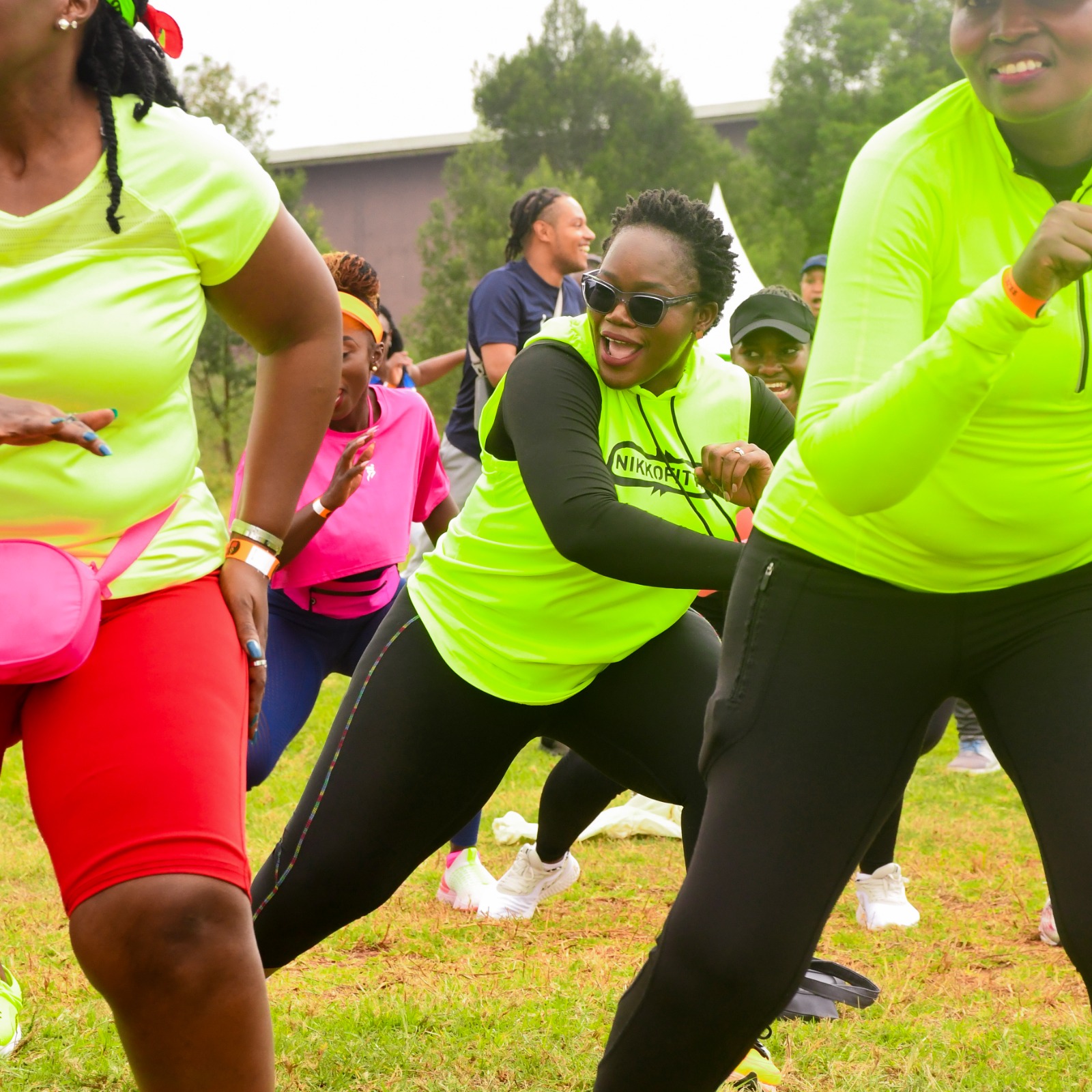

In today's fast-paced work environment, the importance of employee health and well-being cannot be overstated.
As HR leaders, we have a unique opportunity to foster a culture that recognises the profound impact of physical exercise on workplace performance.
Recent studies have shown a compelling relationship between regular physical activity and enhanced productivity, creativity, and overall job satisfaction.
The Science
Engaging in regular exercise has numerous physiological benefits that directly translate to improved workplace performance.
To learn more about Jemima Ngode, click here to subscribe to her YouTube channel Acing life with Jemmie
Physical activity increases blood flow to the brain, enhancing cognitive functions such as memory, attention, and problem-solving skills.
Employees who incorporate exercise into their daily routines often report higher levels of energy and focus, which can lead to increased efficiency in completing tasks.
Moreover, exercise is known to reduce stress and anxiety levels.
A healthier mind translates to a more positive attitude at work, fostering an environment where creativity and collaboration can thrive.
When employees feel good physically, they are more likely to engage with their work and contribute positively to team dynamics.

Culture of Wellness
As HR leaders, we can promote a culture of wellness by implementing initiatives that encourage physical activity.
Here are some actionable strategies:
- Flexible
Work Hours: Allow employees to adjust their schedules to accommodate
workout sessions, whether it's a morning jog or a lunchtime gym class.
- Fitness
Programs: Introduce company-sponsored fitness classes, wellness
challenges, or gym memberships. This not only promotes physical health but
also builds camaraderie among colleagues.
- Active
Workspaces: Consider creating spaces that encourage movement, such as
standing desks, walking meetings, or designated areas for stretching.
- Wellness Resources: Provide access to resources such as fitness apps, nutrition workshops, and mental health support.
Lead by Example: Encourage leadership to participate in
wellness initiatives. When leaders prioritise their health, it sets a powerful
example for the rest of the team.

Measuring Success
To understand the impact of these initiatives, it’s essential to establish metrics for success.
Regular surveys can gauge employee satisfaction, productivity levels, and overall well-being.
By analysing this data, HR can refine programs to better serve employees' needs and enhance organisational performance.
Call to Action
As we continue to navigate the complexities of modern work life, let us commit to prioritising our health and wellness.
I encourage all organisations to invest in the physical well-being of their employees.
By fostering a culture that values exercise and wellness, we not only enhance individual performance but also contribute to a thriving workplace environment.
Let’s take action today. Start by discussing wellness initiatives with your HR team, and consider how you can integrate physical activity into your workplace culture.
Together, we can create a healthier, more productive workforce.
The relationship between exercise and workplace performance is clear.
By prioritising physical health, we empower our employees to reach their full potential, benefiting both individuals and the organisation as a whole.
Let’s embrace this opportunity to lead by example and
cultivate a culture of wellness in our offices.
CHRPK Jemima Ngode is Radio Africa Group's HR Manager.












